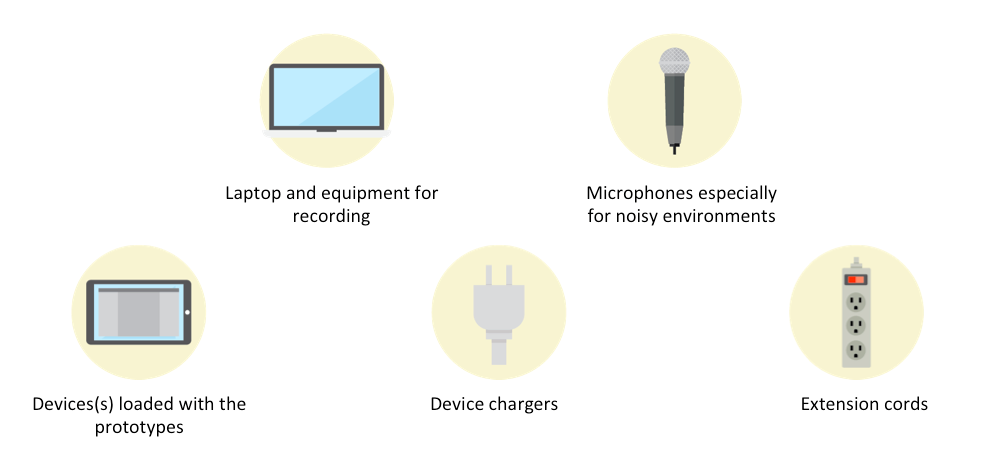
By
Darshana Tuladhar
A great way to test out prototypes and concepts is going directly to the source.
One of the many ways that we achieve this at Blink is by conducting in-field intercept studies, which is a quick way to gather information from core users. You may wonder what situations are best suited for intercepts and how one would successfully accomplish this type of research. Well, look no further, we have put together an intercept field research guide covering the basics.
When to conduct an intercept study
Use an intercept study if you need a convenient, quick, flexible method to collect directional or high-level feedback.
- It offers flexibility as it allows questions and methods to be adjusted rapidly without significant disruption.
- It provides convenience by reducing time, resources, and eliminating schedule coordination when recruiting participants.
- It is quick! Intercept studies allow you to talk to many people and gather data in a short amount of time. Findings from these studies help make key design and strategy decisions.
Determining and scouting a location
Once you have determined the type of users you want to observe, choose a location where these candidates are bountiful. For example, if you are looking for people who eat ice cream, an ice cream parlor would be an ideal place for an intercept study. Studying sports fans? Head over to a stadium on game day. Before testing, scout out the location to understand the layout, identify an ideal location for your research stand, and determine what is needed for the stand.
Packing equipment and materials
Packing light is essential and ideal when conducting field studies. Forgo the heavy equipment and instead choose equipment that is easy and quick to setup and transport. At Blink we have an awesome IT team that always ensures we have the essentials for research, which include the following things:

Consider also packing paper versions of the prototype or interfaces being tested in case the digital forms fail. If necessary, pack easy-to-assemble folding tables and chairs. In addition, do not expect WiFi to be available or reliable at your testing location and have the ability to access necessary items offline.
Assembling your designated research area
Two criteria for an optimal research area are that it does not impede foot traffic and it is close to power outlets. It is a plus if your location is highly visible; humans are curious by nature and will approach the stand, increasing your chances of recruiting participants. At your research station, set up your equipment along with a table and some chairs for you and your participant.
Dressing for the occasion
Dress appropriately for the location and environment. For example, if interviewing ice cream customers in the summer, wear casual office attire rather than a button up and slacks. Better yet, when working with a specific client, wear company-branded clothing. Dressing similar to participants creates an inviting, approachable, and relatable tone that can increase recruiting success. Wearing branded clothing signifies to potential candidates that you are legitimate, there for a purpose, and working with the company.
Recruiting participants
When recruiting on location, be prepared for a high rejection rate (people declining to participate). To increase interest and recruiting success have a prepared, quick pitch that mentions gratuity immediately. Also, be on location at peak times when there are the most candidates.
Make signs that are enticing, easy to read, and include brief descriptions. In the past, placing these signs on our tables have attracted candidates and eased the recruiting process.
Collecting data
When conducting interviews make sure to keep it short: aim for 15- to 20-minute sessions. It is also important not to overwhelm the participant with too many interviewers and observers. Ideal interviewer to participant ratios are 1:1 and at most 2:1; less is more in this case. A best practice is to offer gratuity to participants. If participants happen to be a hard to reach user due to their profession be sure to offer something that is useful and worth their time.
Once you have completed your sessions don’t forget to clean up and leave the location as it was.
Summary
Just because you are meeting your users in the wild doesn’t mean that your methodology has to be the same. At Blink we have enough intercept studies under our belt to understand what makes a great study, and we have had many successful field studies using these strategies.
Darshana Tuladhar, when not observing and analyzing human behavior and interactions, enjoys birds, playing the violin, drinking root beer, and salsa dancing, preferably simultaneously.



